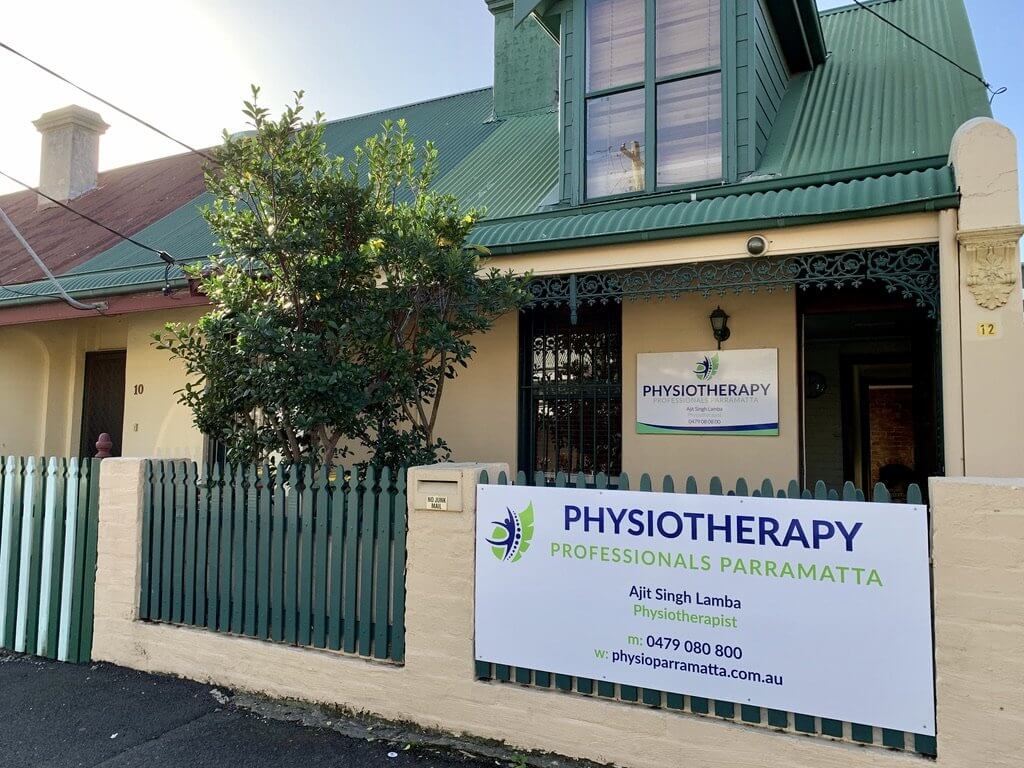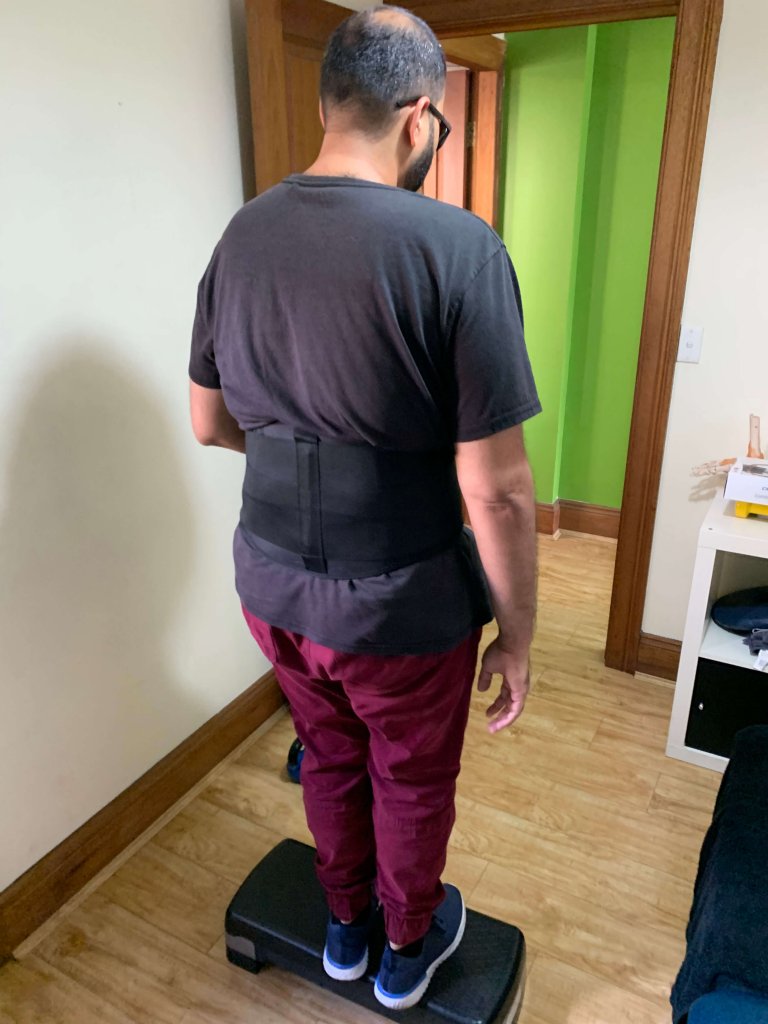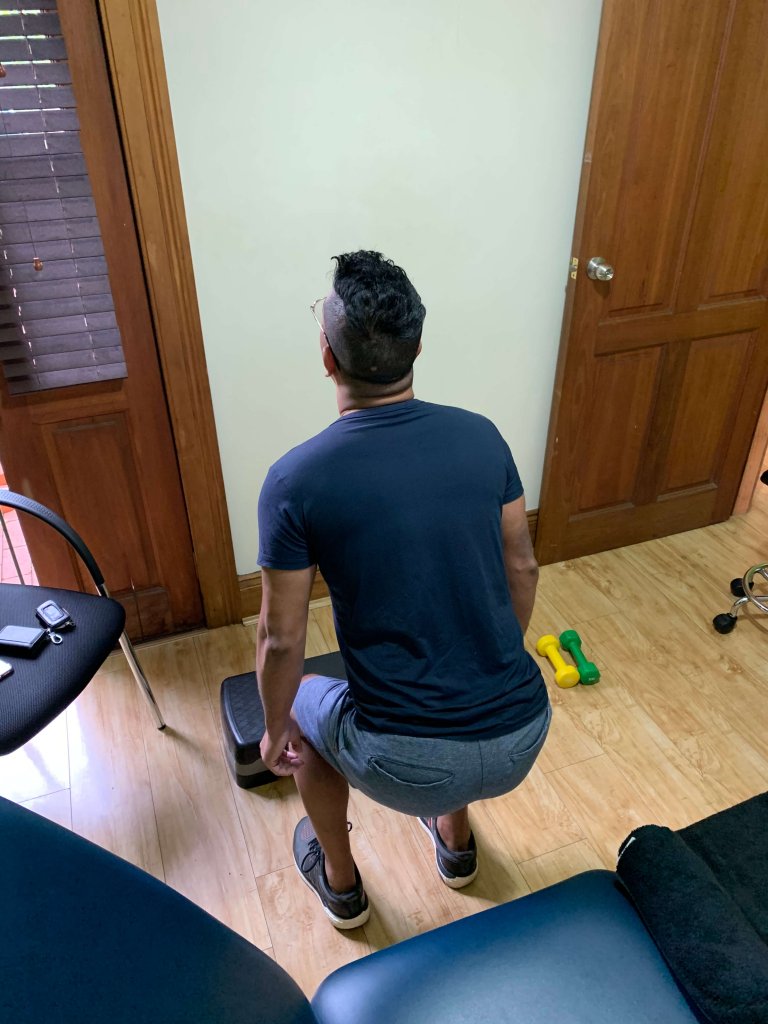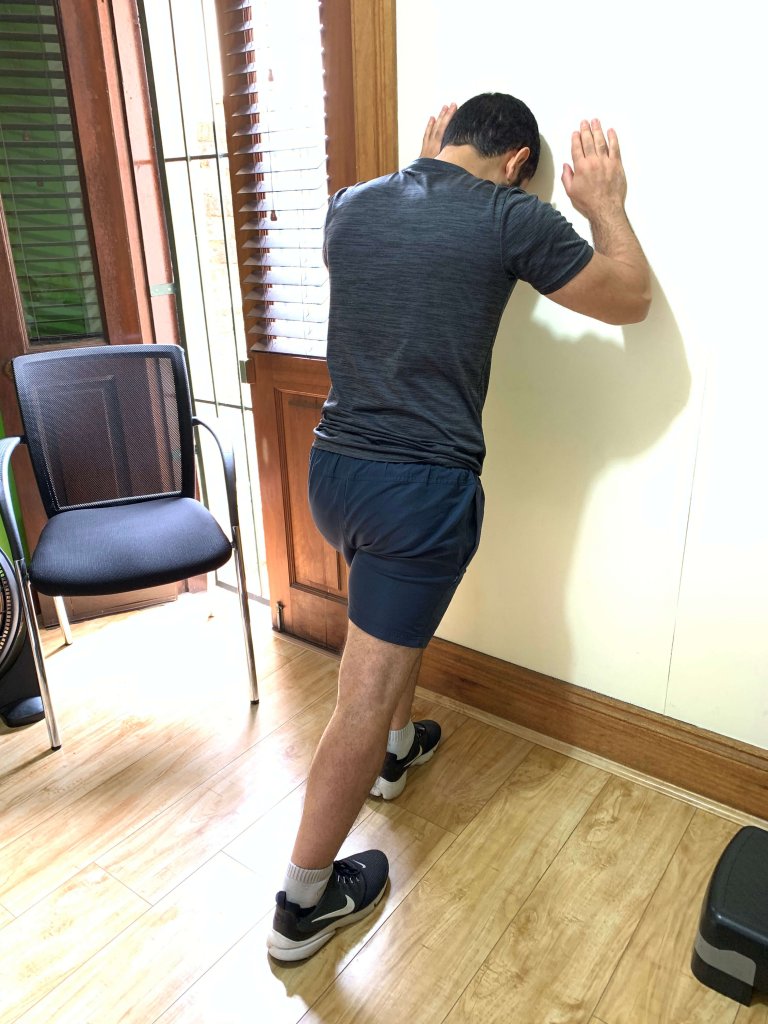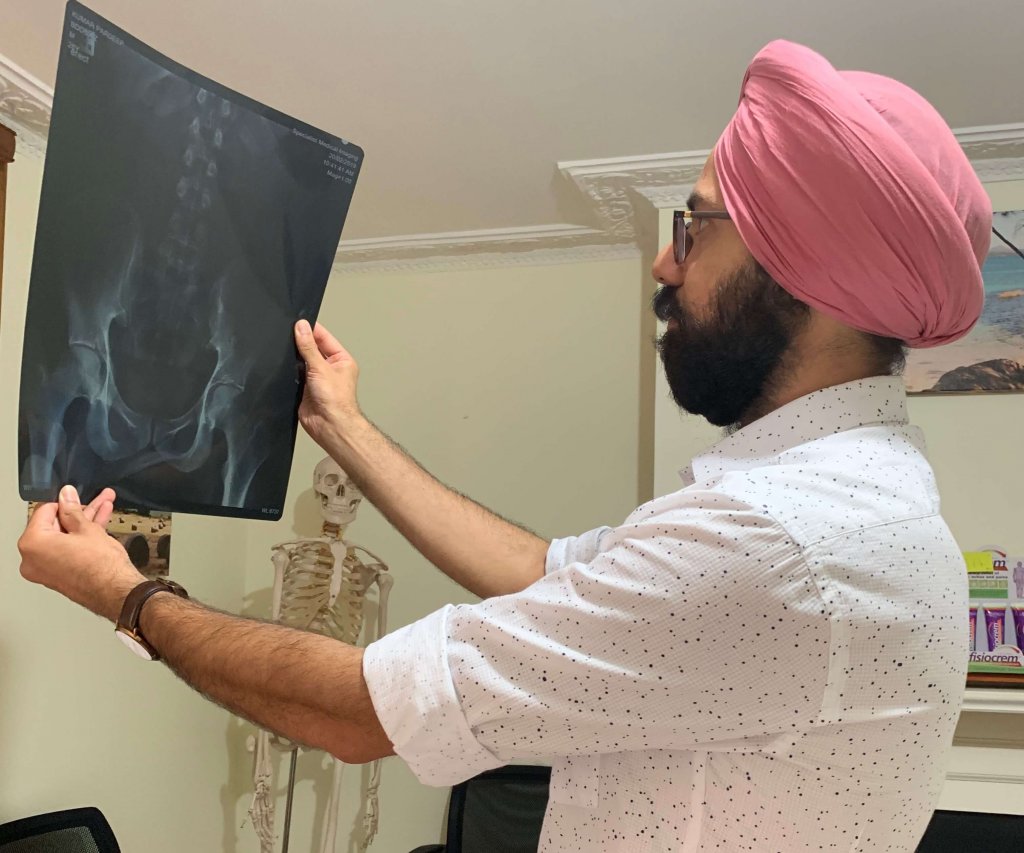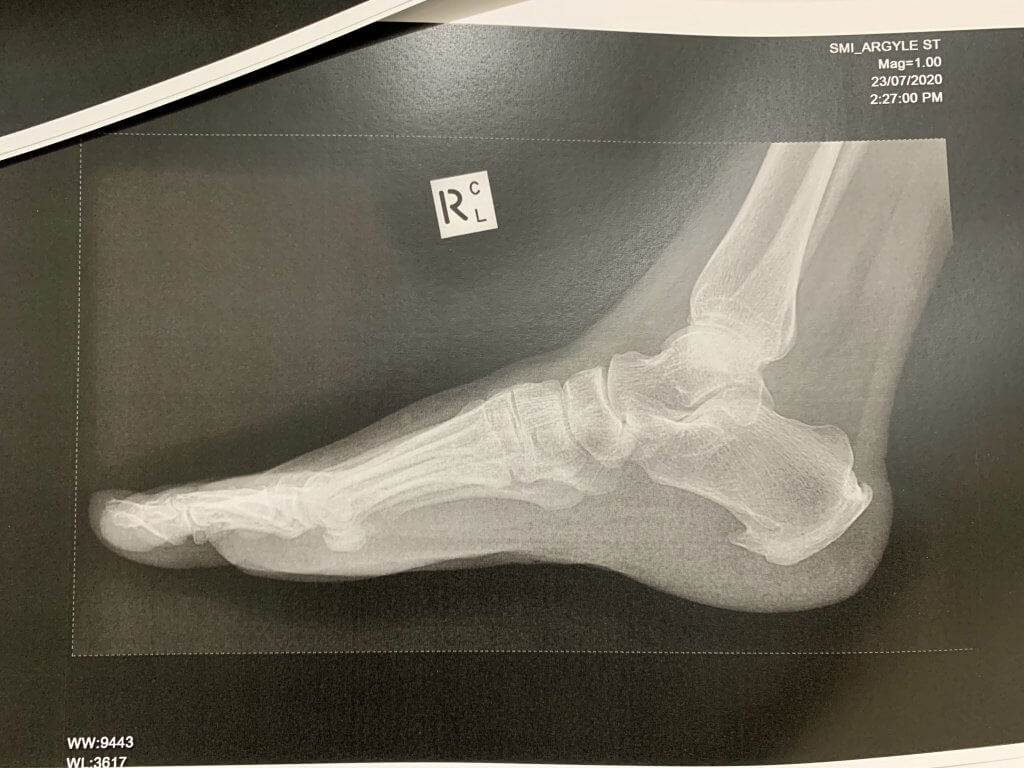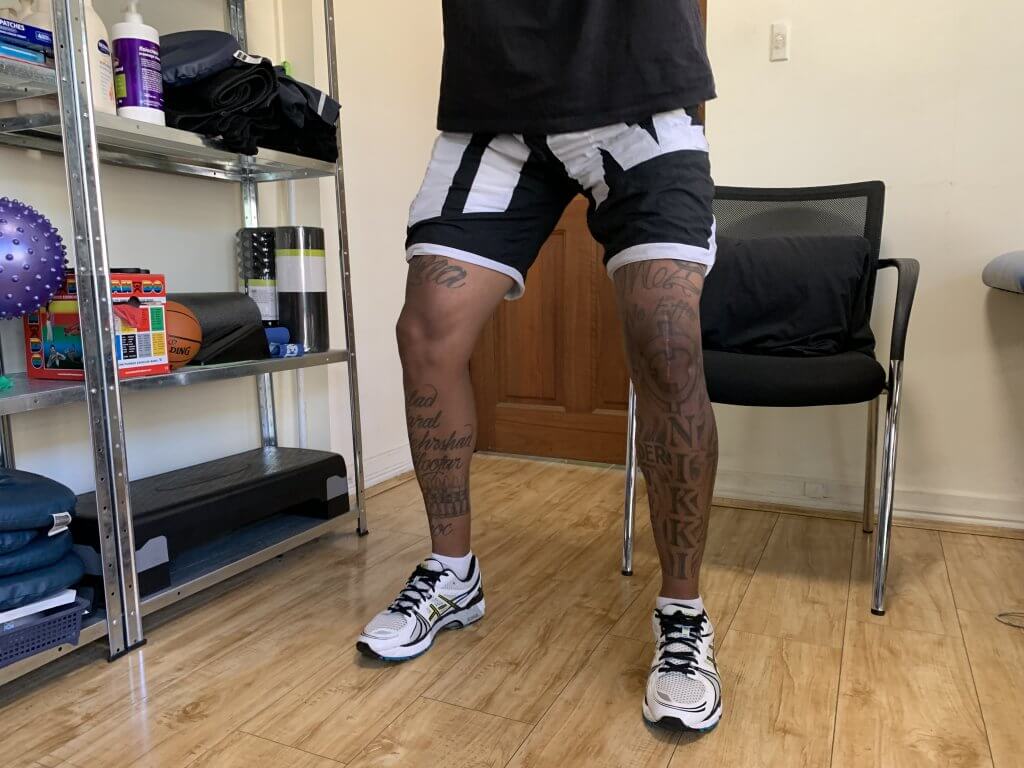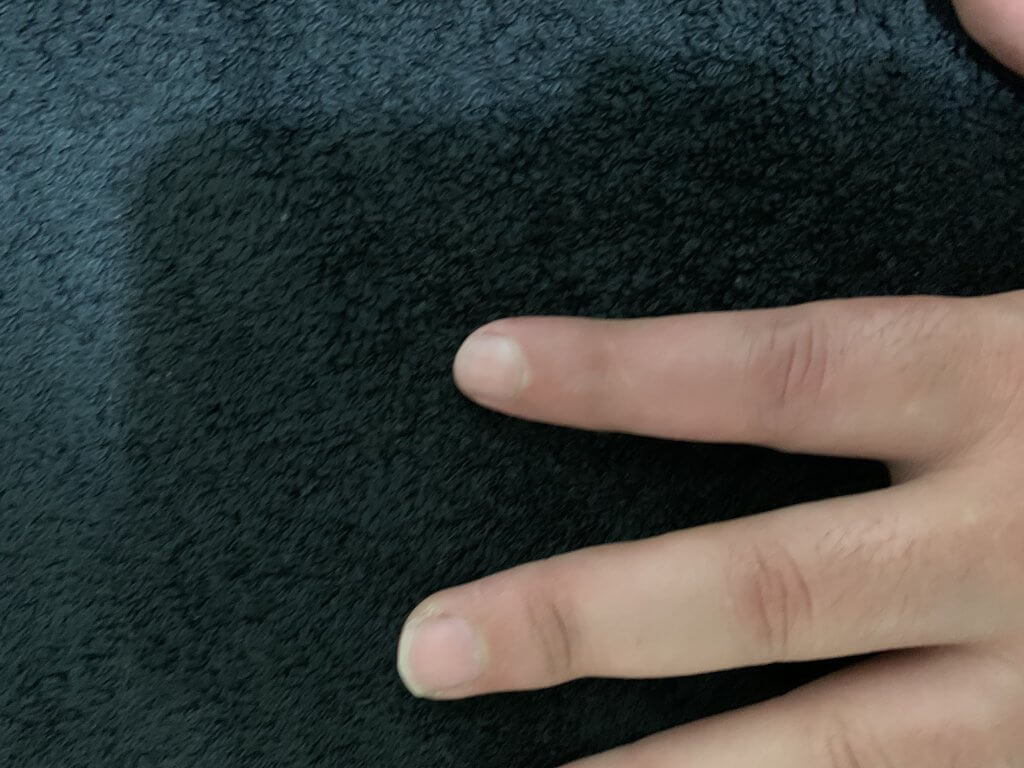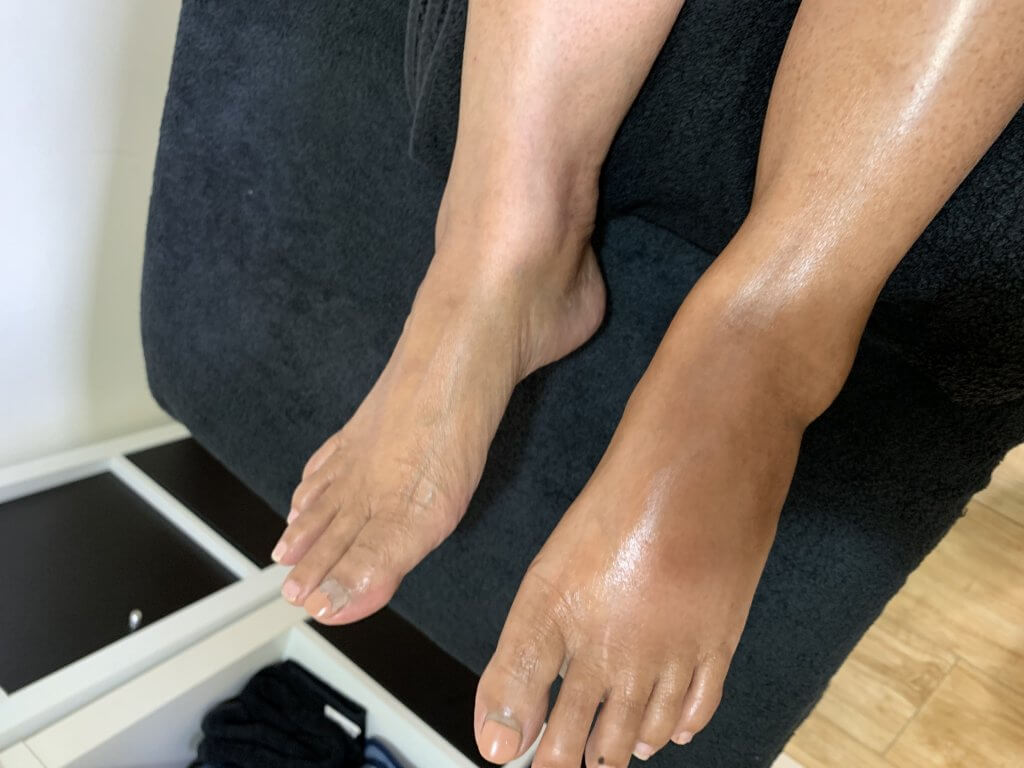Physiotherapy to Recover from a Car Accident
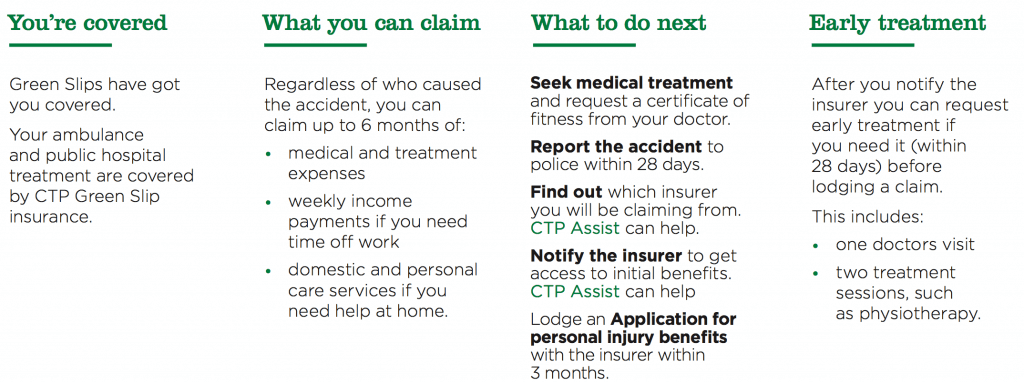
Car accident are traumatic: completely shocking, overwhelming and unexpected. What’s more, we know that what may feel like a minor injury right after your car accident can lead to long-term pain and serious ongoing problems. You may not even think you’re injured at all, until the shock of the initial car accident wears off after a few days and you start to discover previously unfelt pain.
This is why we cannot stress enough the importance of visiting your GP and Physiotherapist for an assessment as soon as you can after your car accident. No matter how minor the car accident was.
Whether you’re suffering from whiplash, bruising, a fracture or a twisted ankle, unexplained swelling or inflammation – all of which are amongst the most common symptoms we see after a motor vehicle accident – our team of expert Physiotherapists can assist you with your recovery. It’s advisable not to ignore your injury as ‘minor’ and leave even the smallest of injuries untreated, you could be opening yourself up to long-term damage and a life-time of unexplained aches and pains.
Damage like reduced mobility and flexibility, deeper tissue damage, or even chronic pain. All of which can (mostly) be avoided by visiting a Physiotherapist after your accident. Think of it this way: even if your car seems ok from the outside after a car accident, you will take it to a mechanic to assess any damage to ensure it’s safe to drive. Let us do the same for your body.
Common Conditions Caused by Car Accidents
Some of the most common conditions we treat resulting from a car accident, many of which may not show up immediately, include (but are not limited to):
- Whiplash and other soft tissue injuries causing damage to muscles, ligaments and tendons
- Arm / Leg Pain
- Back / Neck Pain
- Bruising / Tenderness
- Muscle Weakness
- Numbness
- Sprains / Strains
Related to the above conditions, here are some of the most common symptoms you should look out for:
- Regular headaches or migraines
- Dizziness
- Prolonged fatigue
- Tingling in the upper portion of the body
- Reduced motion in the neck
- Continued pain, no matter how minor, in the shoulders, head, or neck.
How Physiotherapy Can Help with Your Car Accident Injury
Car accident Physiotherapy is designed to get your body back on track, with full mobility, strength, flexibility and range of motion. This is part of a much bigger picture though: although you may not need surgery immediately after your ordeal, some car-accident related injuries can eventually lead to the need for surgery.
Physiotherapy is key to helping you avoid this. We start our work with you by establishing exactly what happened and assessing your physical condition from top to toe. We may ask detailed questions about the car accident to assess how the injury happened and where we think it may have impacted on your body (which may be in places you don’t even know about yet); how bad your ‘known’ pain is; and which movements you can and can’t do.We will then customize a treatment plan for your unique situation and injuries. This treatment plan may include things like hands on treatment, ice/heat application and electrical stimulation to manage pain and inflammation at the early stage of recovery. The bulk of car accident pain treatment is usually taken up by manual therapy. This may include (but not be limited to):
- Mobilizing and massaging joints in gentle, repetitive motions to offer pain relief, restore their mobility, and improve blood circulation;
- Stretching and therapeutic exercises to help prevent joint stiffness and restore tissue function;
- Strengthening exercises to prevent muscle weakness in neck, back and postural muscles;
- Designing an exercise plan which allows a return to work and physical activities in a safe, gradual and effective manner;
- Exercise, education and lifestyle plans to help prevent any condition progressing to chronic;
- Ongoing strengthening and conditioning exercise plans to be done at home, combined with massage and other treatment where necessary, for long-term return to pain-free health and activity.
The length of treatment depends on a number of factors, including the severity of your accident and injuries, how often you attend Physiotherapy sessions, and how diligently you do the at-home portion of your treatment plan and rehabilitation exercises. Our goal, however, is to return you to pre-accident condition – or better!
Are you experiencing ongoing pain from a recent car accident?
Contact our team of expert Physiotherapists today. We work closely with your family GP, and your insurance provider, to help you return back to health.
Contact Us:
For more information on how we can further assist you after you have had a car accident, please call our clinic number on 0479 080 800 or send us an email on [email protected] for further details. Our Physiotherapists are Medicare, NDIS, DVA and Work Cover approved, specialising in injury management and rehabilitation to get you back on track.

Mixed Links:
Physiotherapy After A Car Accident
Workplace Injury and Rehabilitation

